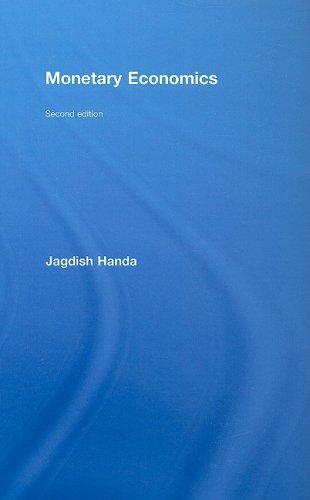The classical theory dominates the economic thought, both practical and theoretical, of the governing and academic classes
Question:
“The classical theory dominates the economic thought, both practical and theoretical, of the governing and academic classes of this generation, as it has for a hundred years past.…[But it is] applicable to a special case only and not to a general case, the situation it assumes being a limiting point of the possible positions of equilibrium.” (Keynes, 1936, p. 3).
(a) What are the traditional classical (also neoclassical and modern classical) and Keynesian definitions of equilibrium? How are they related? Can there exist an underemployment equilibrium in their models under each of these definitions?
(b) If you adopt the Keynesian definition of equilibrium, was the traditional classical model a special case of any of the Keynesian models? Of the new Keynesian model?
(c) Are the neoclassical and modern classical models also special cases of any of the Keynesian models?
Step by Step Answer:







